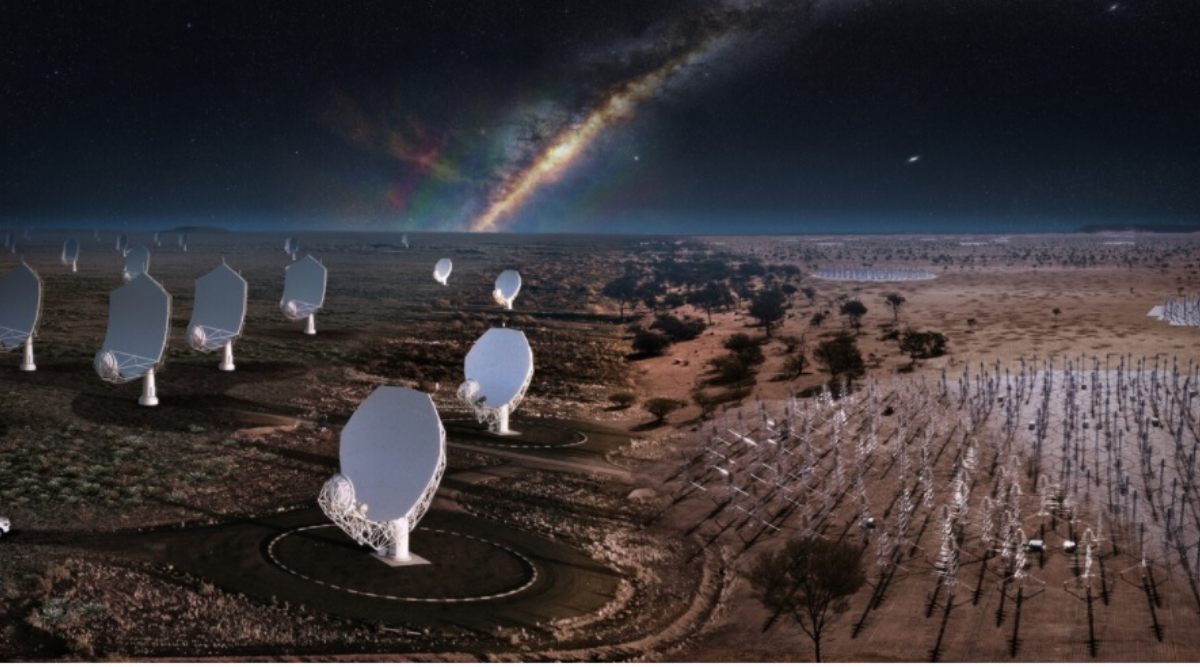 France had participated in 11 engineering designing projects of the SKA telescope and had made contributions for the development of dishes, low-frequency antennas, receivers and signals processing. (Express Photo)
France had participated in 11 engineering designing projects of the SKA telescope and had made contributions for the development of dishes, low-frequency antennas, receivers and signals processing. (Express Photo) France has officially joined the international consortium that will build the Square Kilometre Array Observatory (SKAO), the proposed world’s largest radio telescope.
The official announcement was made by French President Emmanuel Macron on Friday, during his official state visit to South Africa, one of SKA’s co-hosting countries along with Australia.
With this, France has become the first non-founding country to join the SKA consortium. The founding member nations are Australia, South Africa, the United Kingdom, Italy, Netherlands, Portugal and China.
“Our French colleagues have extensive expertise in radio astronomy, processing and technology. They have engaged positively in key aspects of the design and SKAO-relevant science,” Prof Phillip Diamond, director general, SKAO Global Headquarters, mentioned in an official statement issued on Friday.
Headquartered in the United Kingdom, SKAO is an array of antennas that will be built across Australia and South Africa with a scientific goal of studying the evolution of galaxies, fundamental physics in extreme environments and the origins of life.
France had participated in 11 engineering designing projects of the SKA telescope and had made contributions for the development of dishes, low-frequency antennas, receivers and signals processing. This work was mainly performed under the Maison SKA-France consortium, which includes research organisations and universities led by the French National Centre for Scientific Research or CNRS.
India, through the Department of Atomic Energy, is also one of the participating members of SKA but is yet to become an SKAO member. The proposal in this regard is presently under review, after which India will announce its share of the funding grant for SKA and officially join the consortium. Scientists in the know-how informed that a decision was expected by the end of 2021.
Some of the other participating countries are Canada, Germany, Japan, South Korea, Spain, Sweden and Switzerland.
In South Africa, there will be 197 dishes, each measuring 15 metre in diameter, placed in its Karoo region.
The telescope in Australia will have 1,31,072 antennas and will be installed on the campus of the Murchison Radio-astronomy Observatory operated by the Commonwealth Scientific and Industrial Research Organisation (CSIRO).
- The Indian Express website has been rated GREEN for its credibility and trustworthiness by Newsguard, a global service that rates news sources for their journalistic standards.

